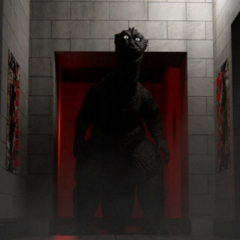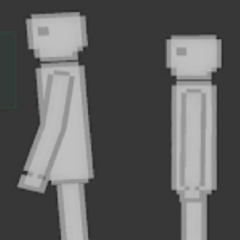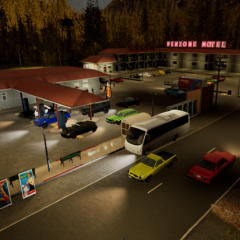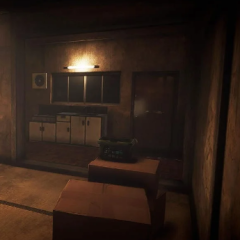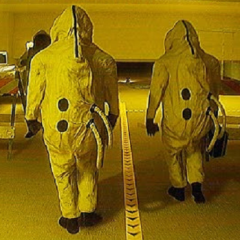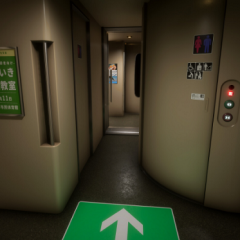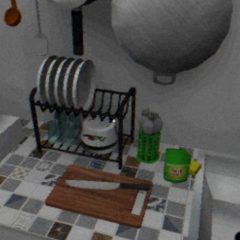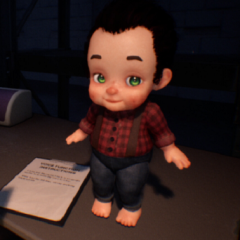FNAF Secret Of The Mimic Part 1 opens with a return to a restricted underground facility that was once a prototype zone for experimental animatronics. You step into the role of a field technician assigned to investigate missing data tied to a unit known only as the Mimic. Upon arrival, the silence feels unnatural, and broken equipment lies scattered around abandoned workspaces. The elevator that brought you in no longer responds, and backup power flickers inconsistently. The deeper you go, the more obvious it becomes that something has learned to survive without guidance.
Environmental Design And Tension
Instead of relying on traditional surveillance mechanics, the game emphasizes exploration through dim corridors and sealed testing chambers. The structure itself becomes a puzzle, filled with malfunctioning systems and bypass codes left behind by those who worked there before. The Mimic itself is not always present, but its influence is clear in rearranged objects, opened doors, and strange recordings. Its presence is built around atmosphere rather than sudden attacks, giving players time to feel unsettled rather than surprised.
Core Systems In FNAF Secret Of The Mimic Part 1
While navigating the facility, players will interact with:
· Generator switches that power specific building zones
· Surveillance logs that give insight into daily operations
· Digital terminals locked by numeric codes
· Storage areas hiding key items and documents
· Proximity-triggered lights that expose movement
These systems are essential for progressing and understanding the full context of the Mimic’s development and escape.
Uncovering What Was Left Behind
FNAF Secret Of The Mimic Part 1 builds its narrative through observation. You won’t be given full explanations—instead, small fragments must be collected and understood in order. A design sketch taped to a wall, a corrupted voice memo, and notes from panicked engineers begin to form a picture of an AI designed to obey and to reflect human behavior. It doesn’t chase randomly. It imitates. And the more you move through the halls, the more it starts to act like it’s predicting you.




